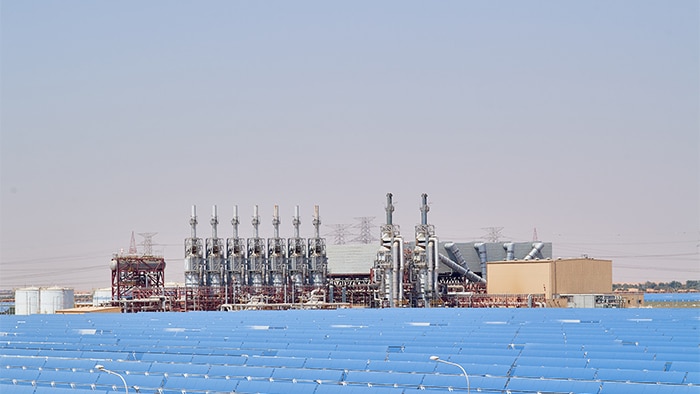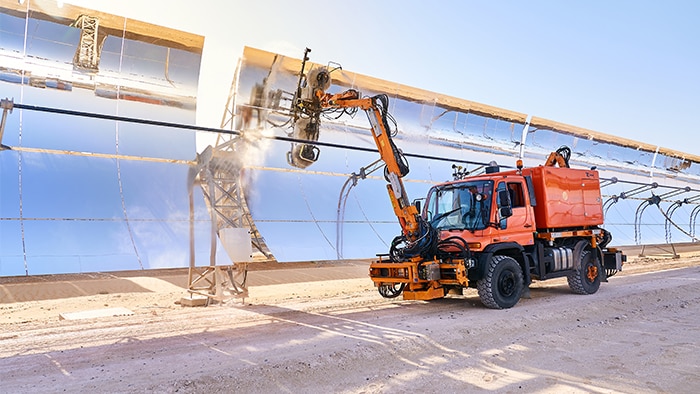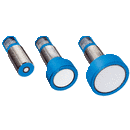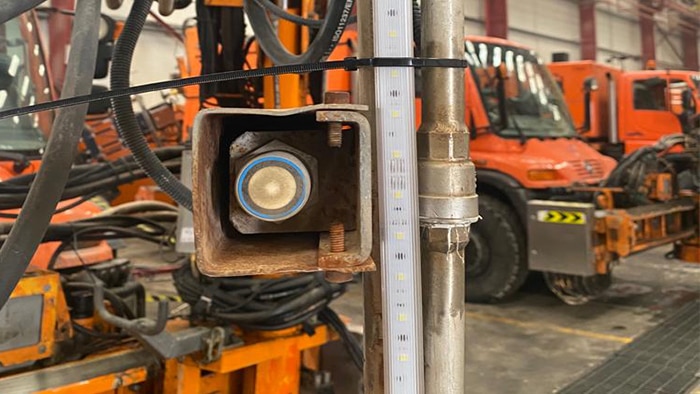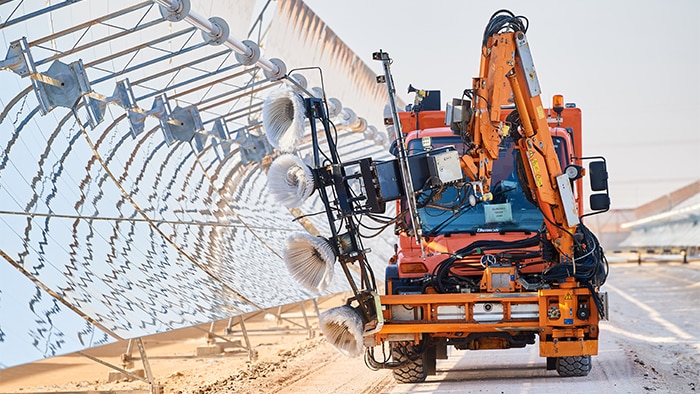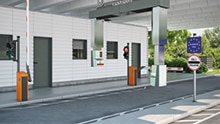Precision measurements are important in almost every stage of production. Even in cleaning. At SHAMS, a large solar power plant in western Abu Dhabi, small trucks constantly drive between the rows to clean the plant’s more than 250,000 mirrors. SICK’s ultrasonic sensor UM30 measures the distance between the hydraulic arms and the parabolic mirrors, ensuring that this process is a graceful dance rather than a rough rinse-down.
Ultrasonic sensors keep SHAMS solar power plant working at full capacity
When it opened in 2013, the SHAMS concentrated solar power (CSP) plant in western Abu Dhabi was the largest facility of its kind. To this day the dimensions of this project are still impressive. Covering 2.5 square kilometers, SHAMS produces 100 megawatts of electricity, powering more than 20,000 homes in the United Arab Emirates.
SHAMS is a parabolic trough concentrated solar power plant. In simple terms, this means that the power plant consists of rows of concave mirrors that reflect the sunlight and focus it onto a glass tube positioned in front of the mirror. The glass tube is filled with thermal oil. The sunlight heats up the thermal oil inside of the glass tube so that it reaches temperatures of up to 500°C. The thermal oil flows to the generating station where it is used to turn water into steam, which in turn powers a steam turbine to generate electricity.
Challenging conditions require precise, adaptable solutions
Many people assume that setting up a solar power station in a desert environment is a simple task, but this is far from the truth. In fact, one of the problems faced by the generating station is the fact that it is located in a desert environment. In order to keep the generating station working at capacity, it is imperative that both the mirrors and the glass tubing containing the thermal oil are clean. In a dusty environment that is prone to heavy sandstorms, this is a constant challenge. The proximity to the sea and the fog that rolls in, mixing with the dust and sand, make the job even more difficult.
A total of 258,048 mirrors and 27,648 glass tubes need to be kept clean, and that work is distributed among five cleaning trucks. Each of these trucks has two hydraulic arms that need to get close to the surfaces in order to ensure the best possible result. However, both the mirrors and the tubes can be easily damaged by the heavy hydraulic arms, and it is imperative that they don’t get too close. That’s the task of eight ultrasonic sensors installed on the trucks – four for each of its arms.
Success of ultrasonic sensors prompts expanded use cases
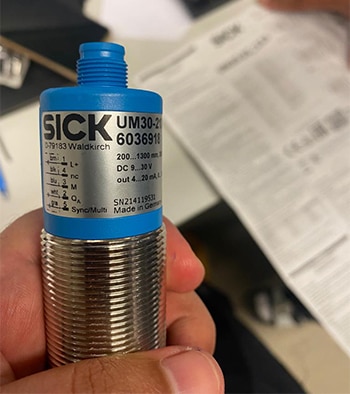
Ease of use was another consideration. The sensors used in the SHAMS power plant come with an LED screen that allows the setup and diagnosis to be carried out directly on the sensor. That means that no other devices are needed. “Our overall experience with these ultrasonic sensors has been great. They are highly reliable and there have been no failures to date,” say Ali Al Masabai, Plant Manager at the SHAMS power station.
Read more
I want to stay up to date and regularly be informed about new articles!

